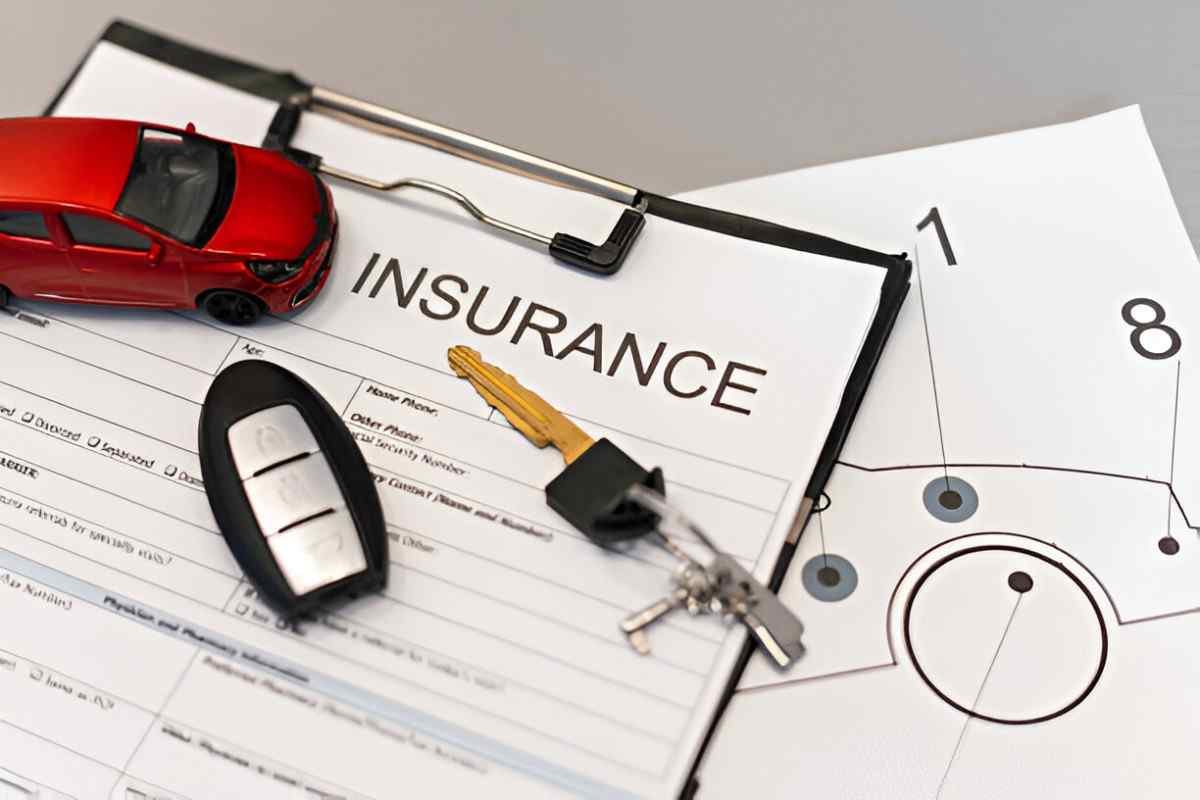Introduction
When I hear the term “$20 auto insurance,” my first thought is skepticism. Auto insurance costs vary widely based on several factors, including location, driving history, coverage options, and insurance provider policies. The idea of getting legitimate auto insurance for just $20 per month or per period seems too good to be true. However, I decided to investigate whether this claim holds any truth and what kind of coverage—if any—one can realistically obtain for such a low price.
Table of Contents
Understanding the Basics of Auto Insurance
Auto insurance provides financial protection in case of accidents, theft, or other vehicle-related incidents. In the United States, most states require drivers to carry at least a minimum level of liability insurance. The key types of auto insurance include:
- Liability Insurance: Covers damages and injuries you cause to others but does not cover your own vehicle.
- Collision Insurance: Covers damages to your car in an accident, regardless of fault.
- Comprehensive Insurance: Covers non-collision-related damages, such as theft, vandalism, or natural disasters.
- Personal Injury Protection (PIP) or Medical Payments (MedPay): Covers medical expenses for you and your passengers.
- Uninsured/Underinsured Motorist Coverage: Protects you if you’re hit by a driver with little or no insurance.
Can You Get Legitimate $20 Auto Insurance?
The short answer: it’s highly unlikely. The national average cost of auto insurance in the U.S. is around $150 per month, depending on various factors. However, in rare cases, some drivers may qualify for extremely cheap insurance. Below are some scenarios where $20 auto insurance may be possible:
1. State-Sponsored Low-Income Programs
Some states offer government-backed auto insurance programs for low-income drivers. For example:
- California’s Low-Cost Auto Insurance Program (CLCA) provides minimal liability coverage to qualifying low-income drivers. The cost varies but can be as low as $20–$30 per month for some drivers.
- New Jersey’s Special Automobile Insurance Policy (SAIP) offers extremely limited coverage, primarily covering emergency medical treatment, for as little as $1 per day.
2. Pay-Per-Mile Insurance
Drivers who rarely use their cars might qualify for pay-per-mile insurance from companies like Metromile, Root, or Mile Auto. If you drive only a few miles each month, your base rate could be low enough to fall within the $20 range. However, this is rare and only applies to drivers who drive very infrequently.
3. Minimum Coverage in Low-Cost States
Some states have lower-than-average insurance costs. For instance, North Carolina and Iowa tend to have lower premium rates compared to states like Michigan or Florida. Even in these states, though, a $20 monthly premium is still unlikely unless the driver has an excellent record and qualifies for discounts.
Factors That Impact Your Auto Insurance Cost
Even if you find an insurer advertising ultra-low rates, various factors determine how much you’ll actually pay:
| Factor | Impact on Premium |
|---|---|
| Age | Younger drivers pay more due to higher risk. |
| Driving Record | Accidents and violations increase rates. |
| Credit Score | Higher scores often lead to lower premiums. |
| Location | Urban areas usually have higher rates. |
| Vehicle Type | Newer or high-performance cars cost more to insure. |
| Coverage Level | More coverage increases the price. |
Example Cost Calculation
Let’s assume a driver in Texas is looking for the cheapest possible insurance. Their profile includes:
- Age: 35
- Clean driving record
- Drives a 2010 Honda Civic
- Opting for state minimum liability coverage
Using a basic liability-only policy from a budget insurer, they might get a quote of $30–$50 per month, but rarely as low as $20 unless they qualify for unique discounts.
The Risks of Extremely Cheap Insurance
Buying ultra-cheap insurance comes with several risks:
- Insufficient Coverage: Many low-cost policies only meet state minimums, which may not be enough to cover damages in a serious accident.
- High Deductibles: Some cheap policies have high deductibles, meaning you pay more out of pocket in case of an accident.
- Limited Customer Service: Budget insurers may offer poor claims service, leading to delays in payouts.
- Hidden Fees: Some insurers advertise low monthly rates but charge additional fees that drive up costs.
How to Lower Your Auto Insurance Costs
If you can’t find a $20 policy, there are still ways to reduce your premiums:
- Increase your deductible: Choosing a higher deductible lowers your premium.
- Bundle policies: Combining auto and home insurance can lead to discounts.
- Ask for discounts: Many insurers offer discounts for safe driving, multiple vehicles, and defensive driving courses.
- Shop around: Comparing quotes from different insurers helps you find the best deal.
- Improve your credit score: A higher credit score can significantly reduce your insurance costs.
Conclusion
While $20 auto insurance sounds appealing, it’s mostly a myth for the average driver. Unless you qualify for a state-sponsored low-income program or drive so infrequently that pay-per-mile insurance makes sense, you’re unlikely to find legitimate coverage at such a low cost. However, by understanding the factors that affect insurance rates and using smart cost-saving strategies, you can still find affordable coverage that fits your budget. The key is to balance affordability with adequate protection so that you’re not left financially vulnerable in an accident.





